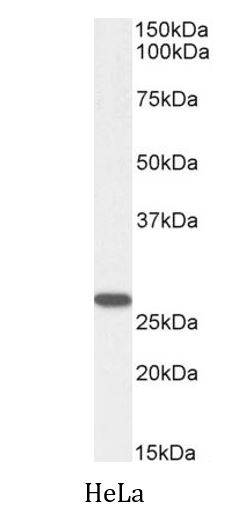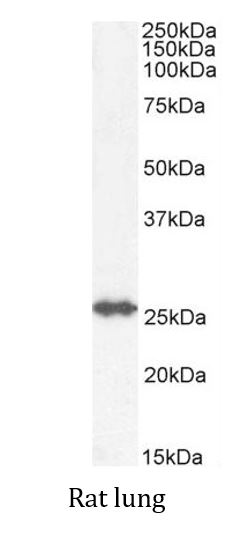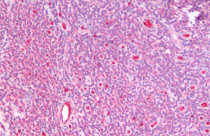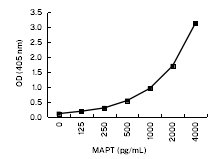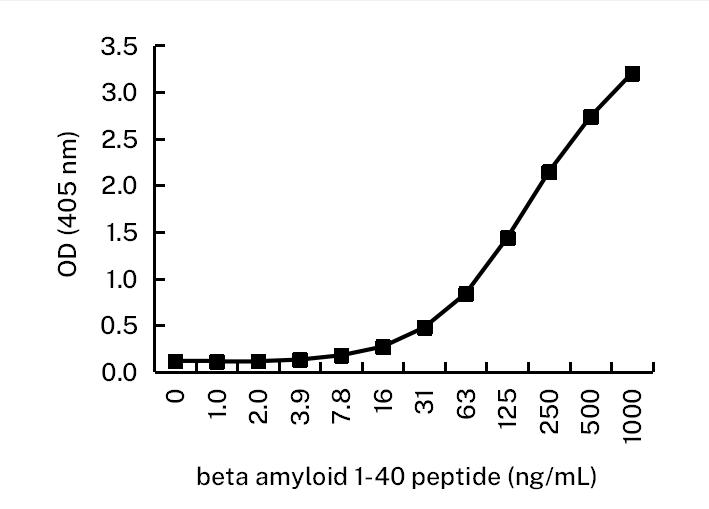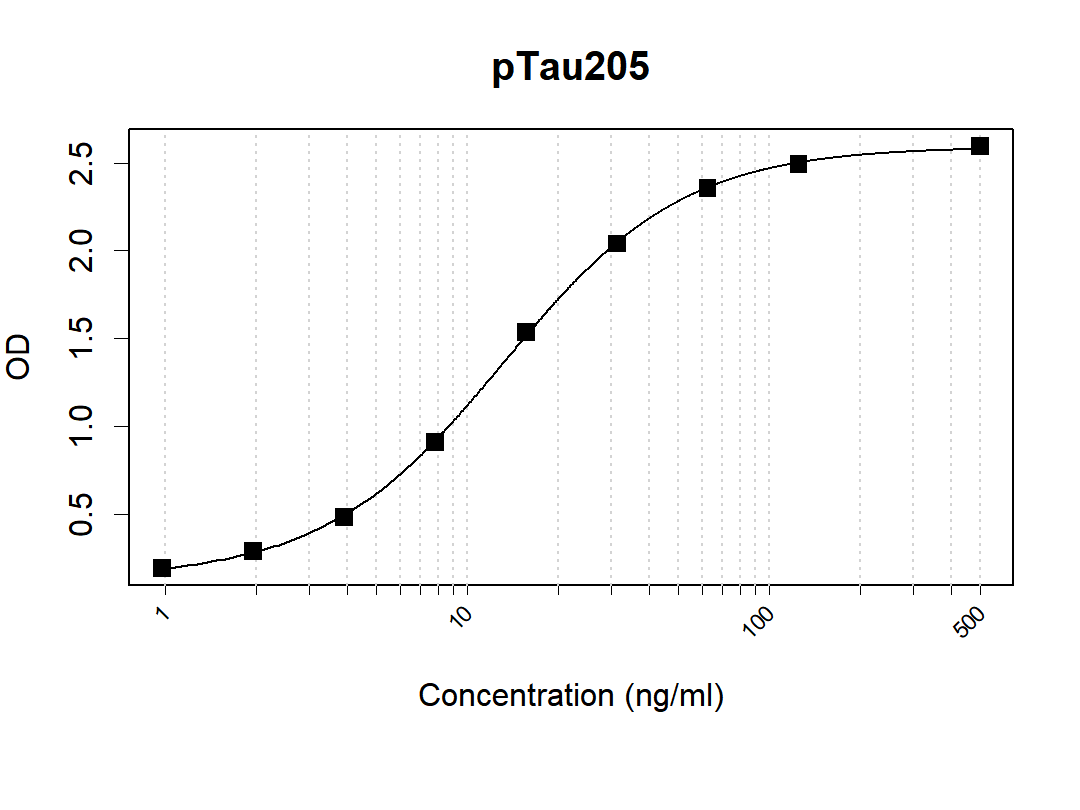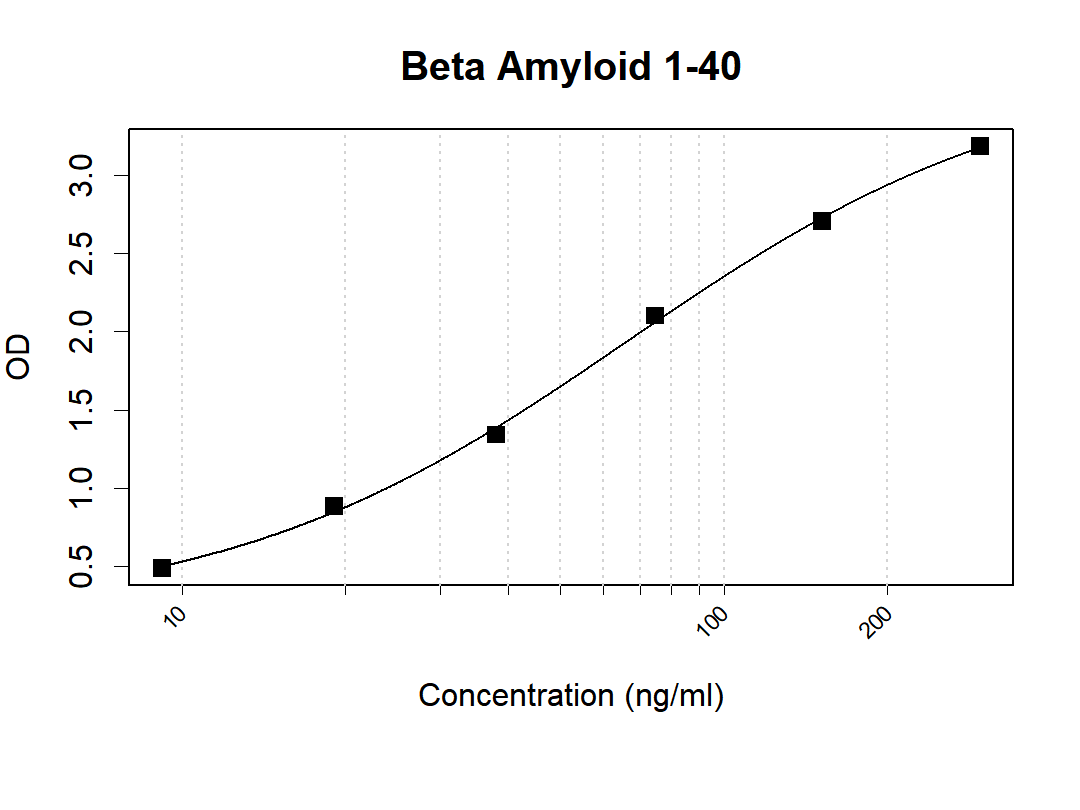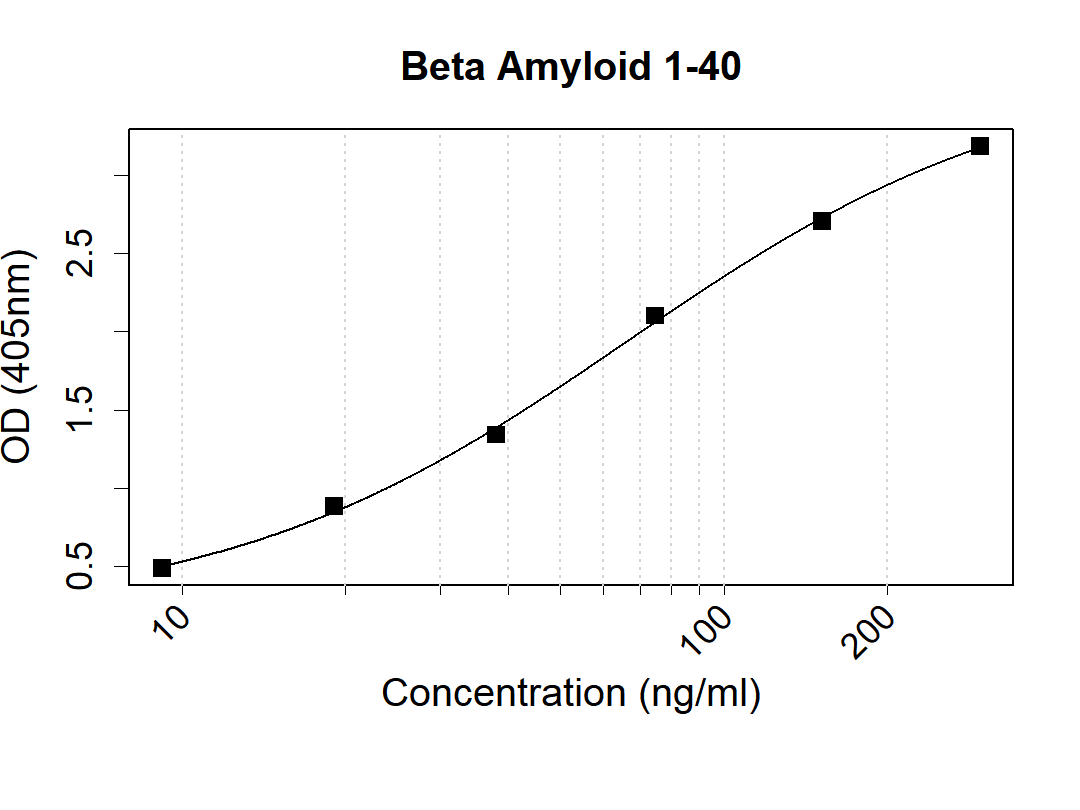anti-GSTM4 antibody
CAT.NO. : ARG42142
US$ Please choose
US$ Please choose
Size:
Trail, Bulk size or Custom requests Please contact us
*产品价格可能会有所调整,请以品牌方官网实时更新的价格为准,以确保准确性。
概述
| 产品描述 | Goat Polyclonal antibody recognizes GSTM4 |
|---|---|
| 反应物种 | Hu, Rat |
| 预测物种 | Ms |
| 应用 | IHC-P, WB |
| 宿主 | Goat |
| 克隆 | Polyclonal |
| 同位型 | IgG |
| 靶点名称 | GSTM4 |
| 抗原物种 | Human |
| 抗原 | Synthetic peptide around the internal region of Human GSTM4. (DVSNQLARVCYSPD) (NP_000841.1; NP_671489.1) |
| 偶联标记 | Un-conjugated |
| 別名 | GST class-mu 4; EC 2.5.1.18; Glutathione S-transferase Mu 4; GSTM4-4; GTM4; GST-Mu2 |
应用说明
| 应用建议 |
| ||||||
|---|---|---|---|---|---|---|---|
| 应用说明 | WB: Recommend incubate at RT for 1h. IHC-P: Antigen Retrieval: Steam tissue section in Citrate buffer (pH 6.0). * The dilutions indicate recommended starting dilutions and the optimal dilutions or concentrations should be determined by the scientist. | ||||||
| 阳性对照 | HeLa and Rat lung | ||||||
| 实际分子量 | ~ 26 kDa |
属性
| 形式 | Liquid |
|---|---|
| 纯化 | Ammonium sulphate precipitation followed by affinity purification with immunogen. |
| 缓冲液 | Tris saline (pH 7.3), 0.02% Sodium azide and 0.5% BSA. |
| 抗菌剂 | 0.02% Sodium azide |
| 稳定剂 | 0.5% BSA |
| 浓度 | 0.5 mg/ml |
| 存放说明 | For continuous use, store undiluted antibody at 2-8°C for up to a week. For long-term storage, aliquot and store at -20°C or below. Storage in frost free freezers is not recommended. Avoid repeated freeze/thaw cycles. Suggest spin the vial prior to opening. The antibody solution should be gently mixed before use. |
| 注意事项 | For laboratory research only, not for drug, diagnostic or other use. |
生物信息
| 数据库连接 | |
|---|---|
| 基因名称 | GSTM4 |
| 全名 | glutathione S-transferase mu 4 |
| 背景介绍 | Cytosolic and membrane-bound forms of glutathione S-transferase are encoded by two distinct supergene families. At present, eight distinct classes of the soluble cytoplasmic mammalian glutathione S-transferases have been identified: alpha, kappa, mu, omega, pi, sigma, theta and zeta. This gene encodes a glutathione S-transferase that belongs to the mu class. The mu class of enzymes functions in the detoxification of electrophilic compounds, including carcinogens, therapeutic drugs, environmental toxins and products of oxidative stress, by conjugation with glutathione. The genes encoding the mu class of enzymes are organized in a gene cluster on chromosome 1p13.3 and are known to be highly polymorphic. These genetic variations can change an individual's susceptibility to carcinogens and toxins as well as affect the toxicity and efficacy of certain drugs. Diversification of these genes has occurred in regions encoding substrate-binding domains, as well as in tissue expression patterns, to accommodate an increasing number of foreign compounds. Multiple transcript variants, each encoding a distinct protein isoform, have been identified. [provided by RefSeq, Jul 2008] |
| 生物功能 | Conjugation of reduced glutathione to a wide number of exogenous and endogenous hydrophobic electrophiles. Active on 1-chloro-2,4-dinitrobenzene. [UniProt] |
| 细胞定位 | Cytoplasm. [UniProt] |
| 预测分子量 | 26 kDa |
检测图片 (3)
ARG42142 anti-GSTM4 antibody IHC-P image
Immunohistochemistry: Paraffin-embedded Human tonsil tissue. Antigen Retrieval: Steam tissue section in Citrate buffer (pH 6.0). The tissue section was stained with ARG42142 anti-GSTM4 antibody at 5 µg/ml dilution followed by AP-staining.
ARG42142 anti-GSTM4 antibody WB image
Western blot: 35 µg of HeLa cell lysate (in RIPA buffer) stained with ARG42142 anti-GSTM4 antibody at 0.1 µg/ml dilution and incubated at RT for 1 hour.
ARG42142 anti-GSTM4 antibody WB image
Western blot: 35 µg of Rat lung lysate (in RIPA buffer) stained with ARG42142 anti-GSTM4 antibody at 0.3 µg/ml dilution and incubated at RT for 1 hour.
 New Products
New Products






